According to traditional religious belief, Nephilim can be considered the offspring of the "Sons of God" (the Angels) and the "Daughters of Men" (human women) before the Deluge according to Genesis 6:4. The name is also used in reference to giants who inhabited Canaan at the time of the Israelite conquest of Canaan according to Numbers 13:33. A similar biblical Hebrew word with different vowel-sounds is used in Ezekiel 32:27 to refer to dead Philistine warriors.
This became a very complicated subject, and it can be analyzed through many angles: for example, the New American Bible draws a parallel to the Epistle of Jude and the statements set forth in Genesis, suggesting that the Epistle refers implicitly to the paternity of nephilim as heavenly beings who came to earth and had sexual intercourse with women. The footnotes of the Jerusalem Bible suggest that the Biblical author intended the nephilim to be an "anecdote of a superhuman race". Some Christian commentators have argued against this view, citing Jesus's statement that angels do not marry. Others believe that Jesus was only referring to angels in heaven.
What about you? What do you think the Nephilim are? As for me, I think I'll continue with the Shadow Hunters view, at least until I gather more information about this subject!
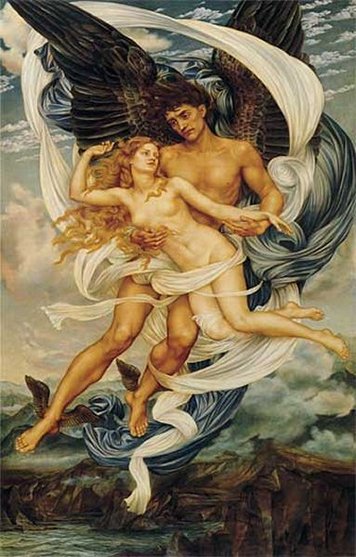
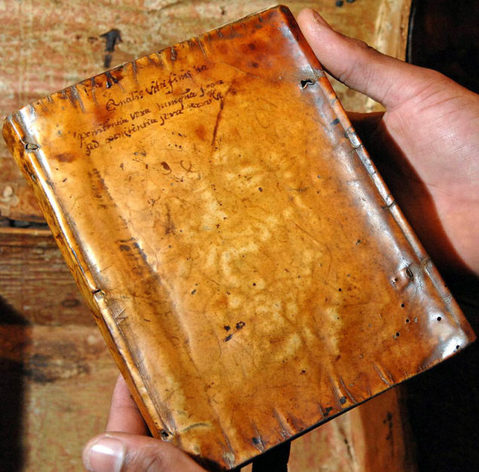
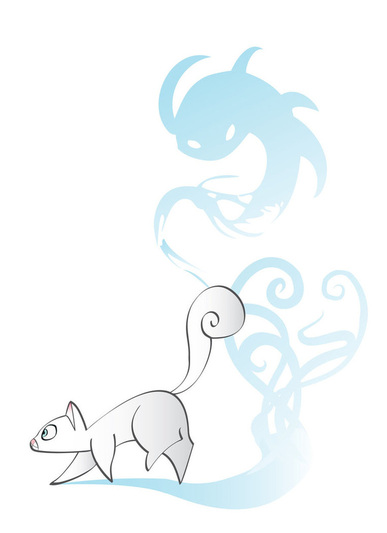



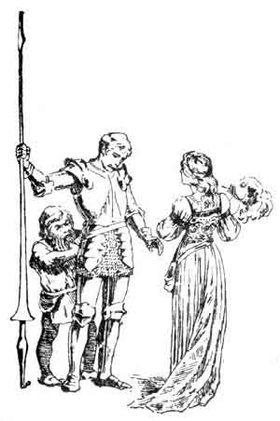

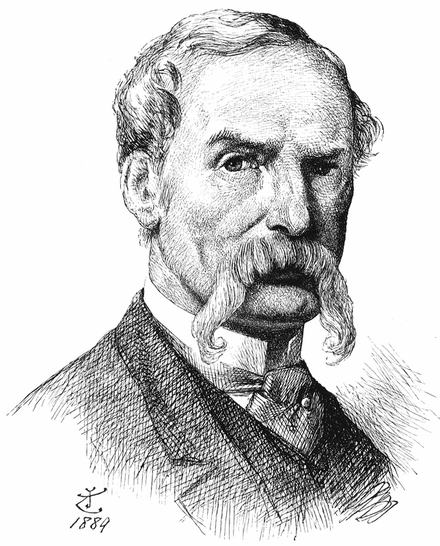
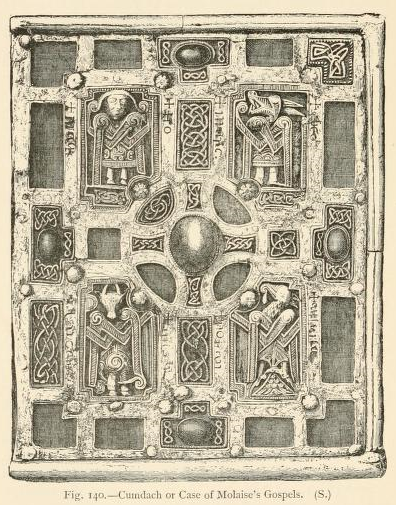
 RSS Feed
RSS Feed